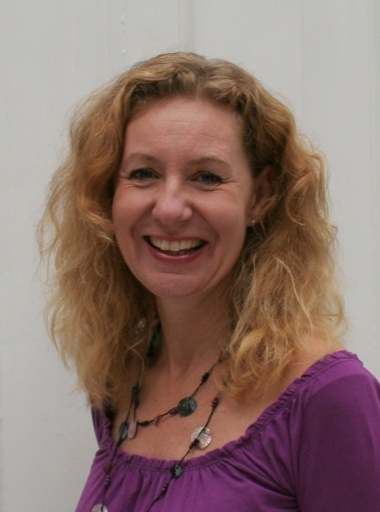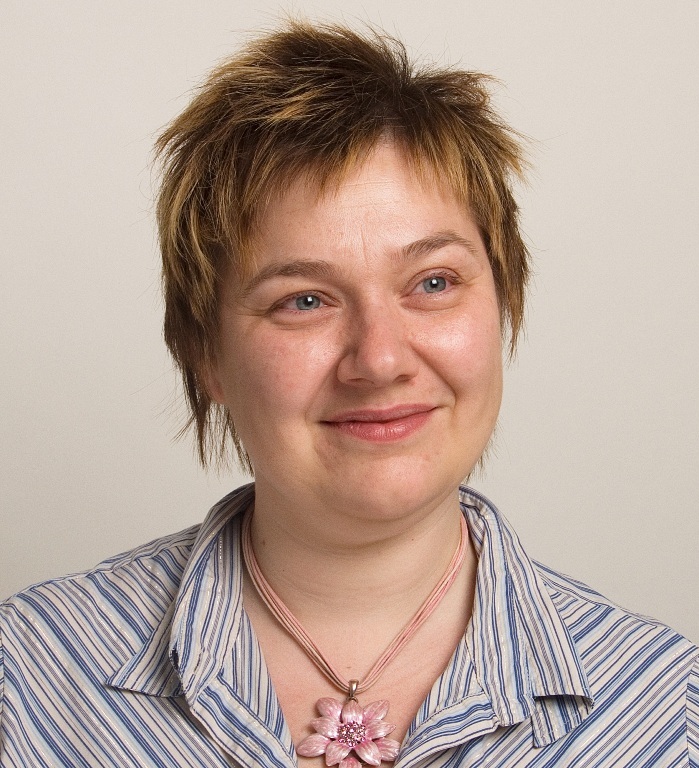New students make traditional choices
A record number of women want to study technology at the Norwegian University of Science and Technology (NTNU). More men are applying for pre-school teacher training. But most students still make traditional choices.
NTNU’s website is calling it a mini women’s revolution. Never have so many women wanted to take a master’s degree in technology at the university as this year. A total of 26.3 percent of the applicants are women, which is an increase of 12.8 percent over last year. The number of women in male-dominated civil engineering studies has also risen in recent years. Camilla Nereid of the National Centre for Science Recruitment (RENATE) says there is no doubt that NTNU has the best numbers when it comes to the recruitment of women to mathematics, natural science and technology.
“NTNU is the only place I’ve found that has managed to improve their applicant numbers for women at the institutional level. They have seen a steady increase in civil engineering studies, for example,” says Nereid. The figures for 2011 show that 26.9 percent of the applicants to civil engineering were women.
She emphasizes that NTNU also has a long way to go before it achieves a reasonable level of gender balance.
“Even though NTNU is the best in its class, not more than one-fourth of the applicants are women,” says Nereid.
She points out that although NTNU and other educational institutions run their own campaigns to recruit women, society in general does little to encourage women to study mathematics, natural science and technology.
She has noticed that NTNU has made a special effort to market itself to women.
“NTNU has enticed many women to study technology and civil engineering by highlighting the relevance of these subjects to society. To get women to apply for these study programmes, the school has stressed that they can make a difference in the world if they have a degree in one of these areas, instead of focusing on salary or personal career opportunities. After all, many women choose to study health and care sciences precisely because they want to do something for others,” says Nereid.
Outdoor life attracts men
This year Queen Maud University College, which offers a pre-school teacher training programme, has received many more applications from men than in previous years. A total of 19.5 percent of the applicants to the university college this year are men. Most of the men apply for the programme that offers a special concentration in nature and outdoor activities, where as many as 30 percent of the applicants are men.

“We have worked on this issue for several years and have seen a steady rise in the applicant numbers,” says Kari Emilsen, an assistant professor at the university college and the contact person for the recruitment project “Men in Pre-schools”. The number of male applicants to the pre-school teacher training programme has increased every year since 2008. At the time, the figure was 12.9 percent. The change is a result of a systematic effort,” Emilsen believes.
Queen Maud University College and other pre-school teacher training programmes have implemented a range of recruitment measures targeted towards young men. As one example, they have created specially tailored information brochures about their programmes. In some municipalities, representatives for these programmes have been allowed to visit schools to talk to the pupils about pre-school teaching as a career choice for boys.
“The action plan for primary schools and pre-schools for 2008-2010 addressed the issue of gender equality in pre-schools. This forms the basis of our work. We have worked at the local level and we have a national team which is responsible for coordination throughout the country,” explains Emilsen.
The university college has worked systematically to take care of their male applicants.
“For one thing, we have tried to involve the men who attend the programme in activities that profile us. For example, a while ago TV2 did a report on the men’s choir here at school. We also try to take care of the men who are here. Our goal is that all our male applicants will get a phone call from one of our male students,” says Emilsen.
She adds that she believes the university college has made progress because it works hard to address the problem.
“I think the reason we have been successful is that we have kept the issue on the front burner the whole time and we have tried out many different measures, both small and large,” says Emilsen.
One of the secrets behind the increase in male applicants to the pre-school training programme is the special concentration in nature and outdoor activities. Emilsen herself has helped to write a report showing that a focus on nature and outdoor activities motivates more men to apply to pre-schools. It is often men who are interested in outdoor life as a starting point and who see this career choice as a way to combine work with their leisure interests and with this study programme. Many men in outdoor pre-schools regard this type of pre-school as more in keeping with traditional male values. The report is entitled “They are many, they are motivated, they are men in outdoor pre-schools” (available only in Norwegian).
Little change for ICT studies
Nina Kotte, who heads the project at NTNU called Jenteprosjektet Ada, has not noticed any substantial change in the applicant numbers from last year to this year. The project works to recruit women to study programmes in computer science, informatics and technical cybernetics.

“We have been working with this for 10 years. In the 1990s there were many women, but then their numbers decreased. We are fairly satisfied with what we have managed to accomplish since 2006. Today 14 to 15 percent of the students in ICT programmes are women, and this is roughly the same as the percentage of women in the field as a whole. Both we and NTNU believe this is not good enough,” says Kotte.
Each year the Faculty of Information Technology, Mathematics and Electrical Engineering spends NOK 1.8 million on activities to recruit women. Nina Kotte thinks it is difficult to say for certain how well these measures work according to plan.
“It’s hard to know whether a specific measure works because every year many different units implement a variety of measures, and nobody can say for sure which of them have an impact. It is not the case either that all measures work equally well from year to year. Last year we held an IT camp for young women, and the results were very good. Up to 40 percent applied for admission to ICT studies afterwards. This year we held the camp again, but the results were much weaker,” Kotte explains.
She emphasizes that it is much more than NTNU’s measures that determine which study programme a young woman chooses. For instance, the applicant numbers decreased in all computer-related subjects after the dot-com crash in 2002, but the decline was greatest among women.
“We see that the applicant numbers fluctuate in step with other trends, and they depend on much more than the specific measures we implement here in Norway. For instance, the applicant numbers here follow exactly the same curve as the applicant numbers for Carnegie Mellon University in Pennsylvania in the US, which has also made a huge effort to recruit women and which keeps the same applicant statistics that we do,” says Kotte.
“Very stable”
Even though some study programmes show a noticeable change, figures from the Norwegian Colleges and Universities Admission Service (NUCAS) show that the distribution of men and women in the various study programmes is very stable. Bente Ringlund Bunæs, the general manager of NUCAS, has reviewed the figures from 1999 to 2011.
“There are small variations from year to year. The percentage of men and women who apply for the various study programmes is very predictable from year to year,” says Ringlund Bunæs.
In recent years about 60 percent of all the applicants to higher education institutions were women. The figures from this year are no different in that regard – in 2011, 59.5 percent of the applicants were women. Nursing studies are known for having an especially high percentage of female applicants. This year 87.2 percent of the applicants are women. Last year this figure was 87.9 percent.
“If we look at nursing studies, the number of female applicants has varied between 82 and 87 percent between 1999 and 2011. We see a relatively flat curve with some minor fluctuations up and down. I can’t say anything else except that the numbers have been rather stable in the past 12 years,” says Ringlund Bunæs.
The numbers are also stable for the traditionally male-dominated engineering studies. This year 17 percent of the applicants are women. The distribution between male and female applicants has also been stable since 1999.
Translated by Connie Stultz.
Here you will find links to the National Centre for Science Recruitment (RENATE), the recruitment project women@scs at Carnegie Mellon University in Pennsylvania, USA, and the Norwegian Colleges and Universities Admission Service (NUCAS).
The recruitment project Men in Pre-schools and Jenteprosjektet Ada, a project designed to recruit women to studies in computer science, informatics and technical cybernetics at NTNU, only have sites in Norwegian.
See
The Committee for Gender Balance in Research, the University of Agder (UiA) and the Centre for Gender Equality at UiA is organizing a conference on youth and their choice of studies. The conference, entitled Dreams for the future? A conference on men’s and women’s untraditional educational choices, will be held in Kristiansand on 15-16 September 2011.
